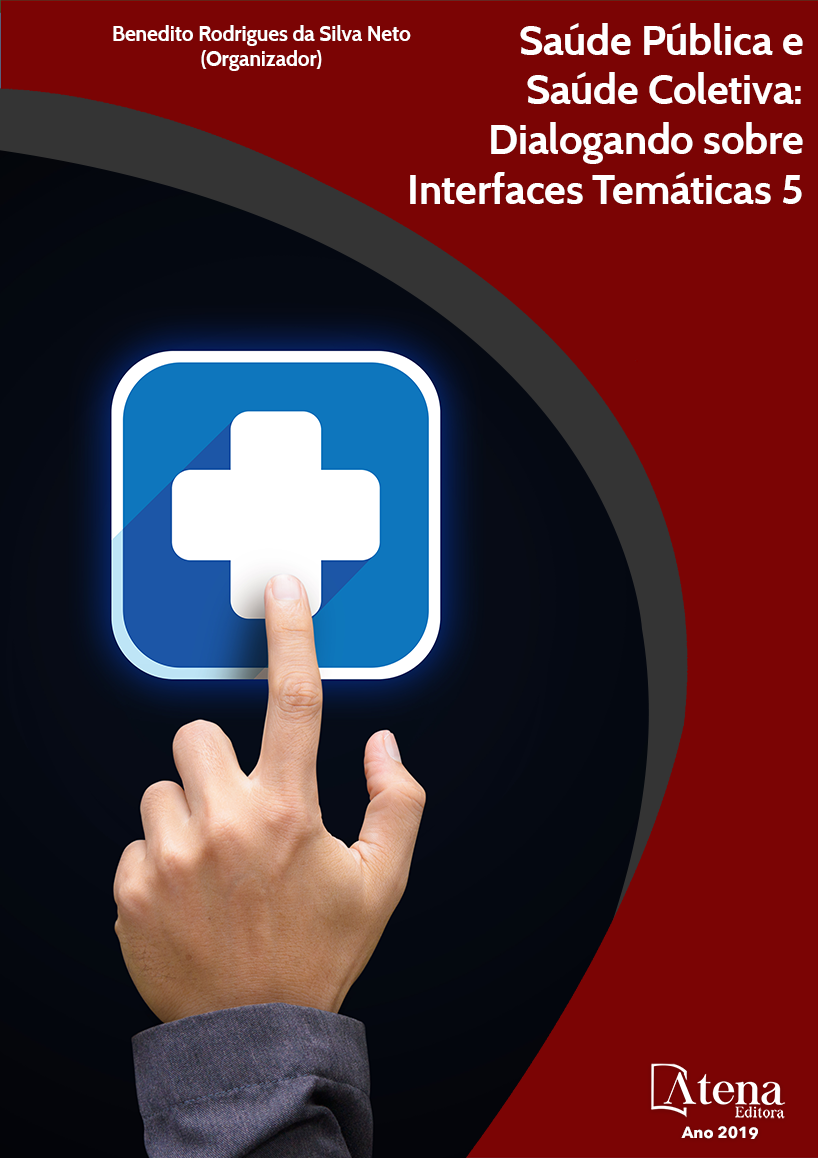
VIOLÊNCIA DOMÉSTICA CONTRA A MULHER: REPRESENTAÇÕES SOCIAIS DA ENFERMAGEM
Objetivo: Analisar as representações
sociais acerca da violência doméstica contra
a mulher, entre enfermeiros e técnicos de
enfermagem atuantes nas Unidades Básica de
Saúde da Família. Método: Pesquisa social,
exploratória, descritiva, qualitativa, conduzida
de acordo com a abordagem estrutural.
Realizada com 65 profissionais de enfermagem
de 19 Unidades Básicas de Saúde da Família
do Município do Rio Grande/RS. Colheram-se
os dados a partir de evocações livres realizadas
entre julho e novembro de 2013. As evocações
foram tratadas no software EVOC 2005.
Resultados: foram elaboradas duas categorias
analíticas intituladas: “Análise estrutural da
representação social dos profissionais da
enfermagem” e “Tecendo interseções nucleares”.
Conclusão: A análise dos prováveis elementos
do núcleo central (NC) permitiu inferir que a
representação da VDCM para os profissionais
da enfermagem é estruturada apresentando
as dimensões conceitual, imagética e atitudinal
além de possuir conotação negativa. Os
elementos periféricos, relacionados à realidade
dos sujeitos investigados, revelam que a VDCM
é uma realidade presente não apenas no lócus
assistencial, mas também no cotidiano dos
indivíduos, permeando, delimitando e inibindo
uma atuação profissional mais efetiva.
VIOLÊNCIA DOMÉSTICA CONTRA A MULHER: REPRESENTAÇÕES SOCIAIS DA ENFERMAGEM
-
DOI: 10.22533/at.ed.99019020932
-
Palavras-chave: Violência Doméstica; Estratégia Saúde da Família; Enfermagem.
-
Keywords: Domestic Violence; Family Health Strategy; Nursing.
-
Abstract:
Objective: To analyze the social
representations about domestic violence
against women, among nurses and nursing
technicians working in the Basic Units of Family
Health. Method: Social research, exploratory, descriptive, qualitative, conducted
according to the structural approach. Held with 65 nursing professionals from 19 Basic
Units of Family Health in the Municipality of Rio Grande / RS. Data were collected
from free evocations performed between July and November 2013. Evocations were
treated in EVOC 2005 software. Results: Two analytical categories were elaborated:
“Structural analysis of the social representation of nursing professionals” and “Tecendo
nuclear intersections “. Conclusion: The analysis of the probable elements of the
central nucleus (NC) allowed us to infer that the representation of the VDCM for
nursing professionals is structured presenting conceptual, imaginary and attitudinal
dimensions besides having a negative connotation. The peripheral elements, related
to the reality of the investigated subjects, reveal that the VDCM is a reality present not
only in the assistential locus, but also in the individuals’ daily life, permeating, delimiting
and inhibiting a more effective professional action.
-
Número de páginas: 15
- Cristiane Lopes Amarijo
- Aline Belletti Figueira
- Aline Marcelino Ramos
- Alex Sandra Ávila Minasi


